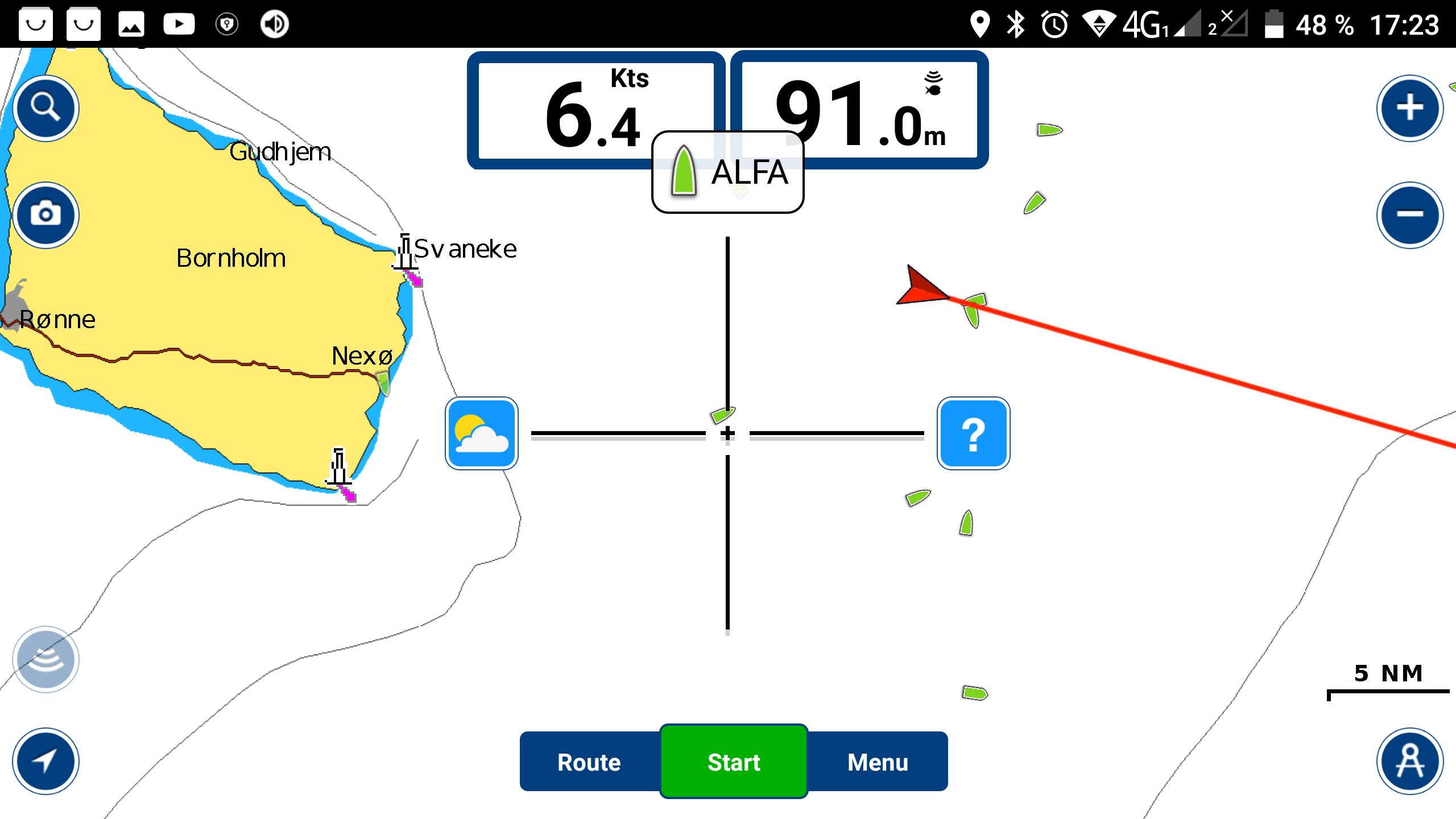July 8, 2019 July bug fixes, AIS in Navionics
All gateways and routers with NMEA 2000 ports (USB, Wi-Fi, NMEA 0183), Voyage Recorder and Circuit Control were updated. Gateways and routers were tested with Navionics Boating App.
With the help of our dealers, we found that our gateways adds extra bits to the end of AIS VHF Message 24 in NMEA 0183. Most software products ignore these extra bits, but the last version of TimeZero has strict rules.
The new version of the popular Navionics Boating App (for Android and iOS) has AIS support (see the screenshot above) and they even mentioned our products in the guide. Of course, we tested it with our products, and everything is ok! You can see nearby vessels, vessel details, etc. You need the subscription to use AIS, but for newcomers they offer a two-week trial with all features, including charts and AIS. Waiting for autopilot control, guys!
Along with the fix of the bug, we added special support for old Raymarine TackTick, which adds "+" before some positive numbers in NMEA 0183 output sentences (this is not allowed by the Standard, see 6.2.2). In the June updates, we also added support for old NKE instruments, which adds a point without a zero to round decimal numbers ("123." instead of "123.0" or "123").
In the NMEA 0183 Gateway, we also optimized the size of the buffer for incoming NMEA 0183 messages for low (below 4800 bps) and high (above 38400 bps) speeds. This prevents processing of old data and losing incoming sentences when the CAN bus is under high load and the Gateway needs to wait for a free transmission slot on the CAN bus for more than 20 milliseconds.
In the Voyage Recorder we found a critical bug which may lead (in rare cases) to corruption of the file system. We also improved the processing of audio data; it now significantly reduces the number of files that only contain only noise.
The Circuit Control now processes ZCF files transmitted over the CAN bus, and self-configures when it meets the configuration for the device with the name which contains "YDCC" and a matching serial number (eight digits), for example "YDCC-04 s/n 0001234".
This allows you to generate a ZCF file for your Simrad, B&G or Raymarine, insert a card with the configuration file to MFD, and send it over the NMEA 2000 network. All connected YDCC units will be configured automatically, voila! For the Furuno, you will need one of our NMEA 2000 gateways to transmit the ZCF file to NMEA 2000 with CAN Log Viewer, because Furuno chart plotters cannot read configuration files from MicroSD (don't know why).
Updates for NMEA 2000 Wi-Fi Router (1.03), NMEA 2000 Wi-Fi Gateway (1.28), NMEA 2000 USB Gateway (1.27), NMEA 0183 Gateway YDNG-03 (1.12), Voyage Recorder (1.07) and Circuit Control (1.04) are available on the Downloads page.
Next articles:
- Trigonometry and encryption in the Bridge / July 1, 2019
- Pressure sensor, updates for Engine Gateways / May 24, 2019
- All the best in one product / April 17, 2019
Previous articles:
- New device: Alarm Button YDAB-01 / July 12, 2019
- Anchor alarm with Bridge and Button / July 17, 2019
- All hands on deck! / August 9, 2019
See also: recent news, all news...
